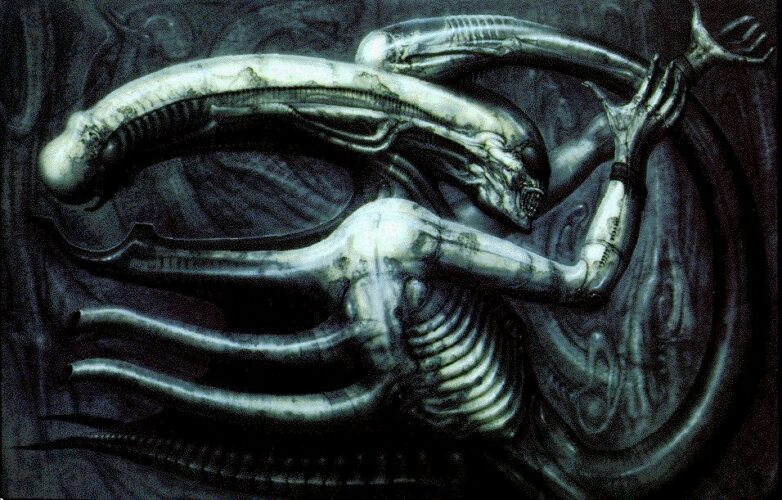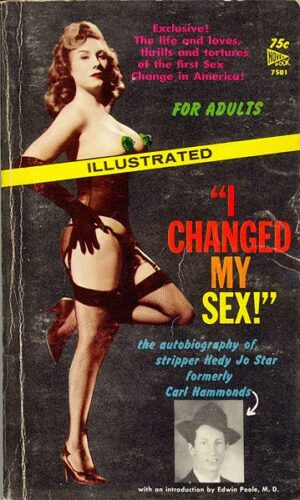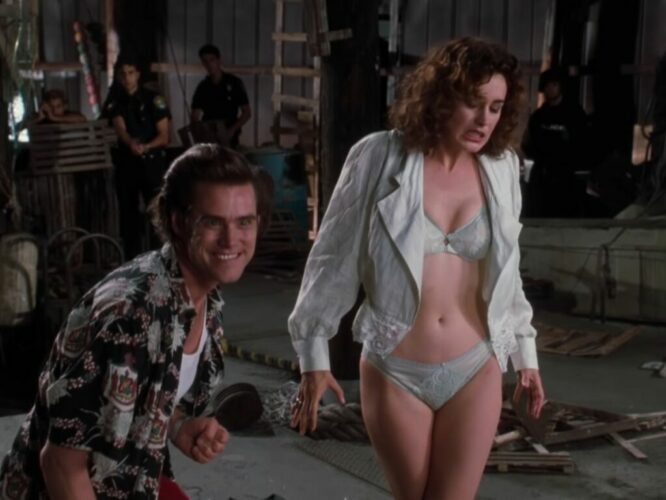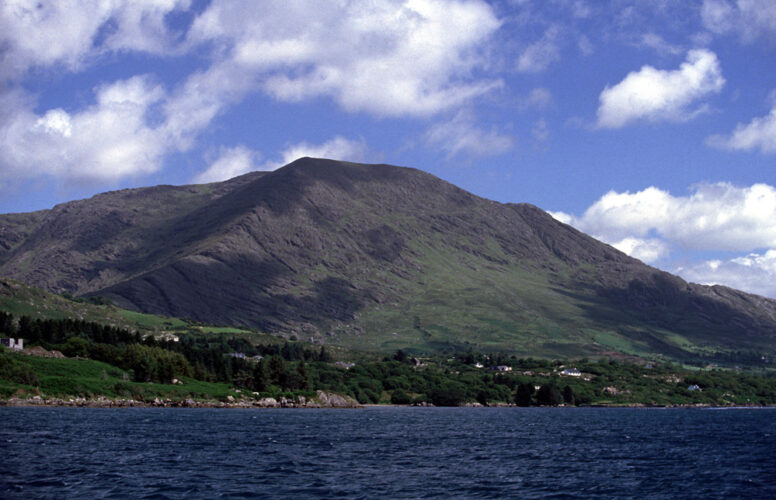Eruditorum Press is thrilled to welcome Noah Berlatsky for a guest essay. Last War in Albion will run tomorrow.
Crisis of Infinite Earths
Crisis on Infinite Earth, the 1985-86 12-issue DC maxi-series by Marv Wolfman and George Perez which popularized the line-wide crossover event, was originally conceived as a marketing scheme. According to writer Wolfman in his introduction to the 1998 hardcover collection, he first conceived of the story as a way that “DC could simplify its continuity and lure new readers to the fold.” Its goals were less aesthetic than corporate; it was meant to rationalize and maximize DC corporate intellectual properties.
At the same time, the story itself can be read as a Cold War apology for US capitalist integration of an unruly world too diverse to stand against a Communist threat. DC’s flagship crossover could be called Crisis of Market Dominance, referring both to DC commercial hopes specifically and to US global aspirations.
Die, Die for Corporate Streamlining
For Wolfman, the Crisis was an exercise in childhood innocence; some story elements date back to his own youth when he imagined every superhero in one story together. “CRISIS existed in its pure form only to bring DC back to an easy-to-read beginning,” he insisted. But the call for simplicity and a streamlined cosmos led to a story of unusual, and indeed genocidal violence.

DC had developed a multiverse as a way to tell different stories; some heroes lived on Earth-1; others on Earth-2, others on Earth-C and Earth-C-minus, all vibrating at different dimensiona frequencies. On Earth-3, there was only one superhero, and supervillains ruled; on Earth-X, World War II lasted for decades. To simplify continuity, most of these worlds, and indeed entire universes, were wiped out. The death toll in Crisis was in the trillions of trillions.

Corporate capitalist reorganization requires a blood sacrifice—an insight cheekily underlined in a brief Joker subplot, in which the Clown Prince of Crime murders a movie mogul in order to steal his IPs. Just after the Joker explains his plot to the mogul’s corpse, he sees an image of Barry Allen, the Flash, calling for help. Flash was the main character to die during Crisis, his death giving the series, and DC’s whole product line, weight, depth, and new value.

The Flash was the highest profile casualty to be downsized during the events of Crisis. Other redundant IPs included the Earth-2 versions of Robin and Wonder Woman, Dove of the superteam Hawk and Dove, a World War II era group appropriately named the Losers, Aquagirl, and Supergirl. The last was the one eliminated character who rivaled Barry Allen in popularity and recognition.
Wolfman explained in his introduction that he killed Supergirl off because the Superman mythos had grown too unwieldy. “Before CRISIS it seemed that half of Krypton survived its explosion,” he said. “Our goal was to make Superman unique…That, sadly, was why Supergirl had to die.” It’s an openly market-driven fridging, in which a woman is sacrificed not just to add pathos to the hero’s arc, but specifically to better position the hero as a marketable product. …
Continue Reading







